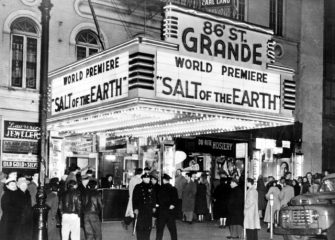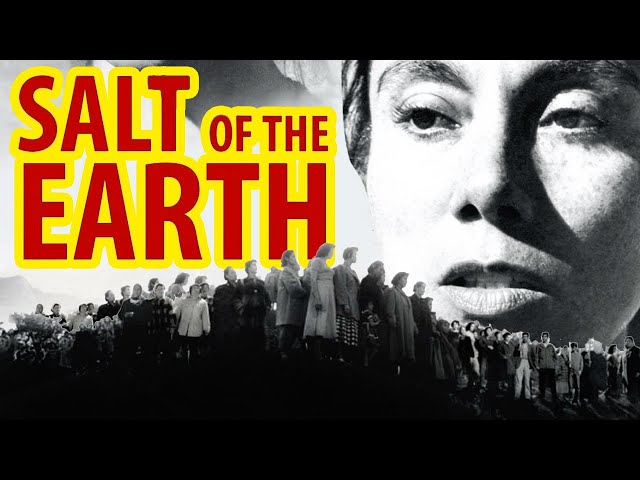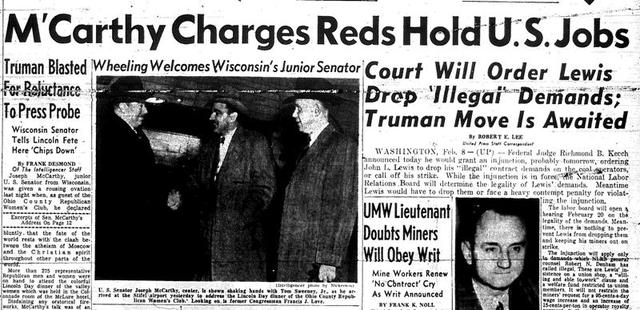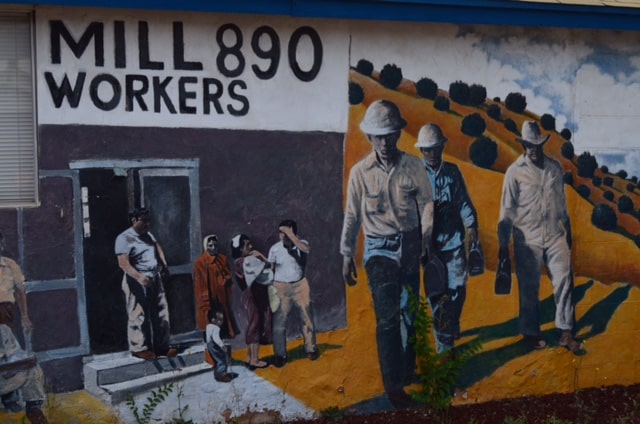
World premiere of Salt of the Earth at the only theater in New York City that would show the film.
On March 14, 1954, the film Salt of the Earth premiered at the 86th Street Grande Theatre, the only theater in New York City that would show the film. Based on the true events of the Empire Zinc Strike of 1951–52 in New Mexico, Salt of the Earth tells the story of striking miners, mostly Mexican Americans, in their fight for not only economic but also racial and gender justice. The film includes the acting of both professionals and local community members who had lived through the strike. According to director Herbert Biberman and screenwriter Michael Wilson, the film was “the first feature film ever made in [the United States] of labor, by labor, and for labor.” Not only that, but it was “a film that does not tolerate minorities but celebrates their greatness.”
From the beginning, Salt of the Earth faced enormous hurdles. Biberman was a member of the Hollywood 10 (a group of directors, writers, and actors accused by the U.S. government of being communists), and Wilson was also blocked from Hollywood for his politics. Journalists and politicians claimed that the film was foreign propaganda. Shooting the film became dangerous — mobs of vigilantes descended on the set, knocking over equipment, attacking members of the cast and crew, and threatening that if they didn’t leave town they would be carried out in black boxes. Laboratories refused to process the film, so editing had to be done in secret at multiple different locations.
As a result of these obstacles, the film became as much an exercise of solidarity as an artistic declaration for the need for solidarity. Salt of the Earth remains a hopeful story of the power of people when they come together to organize for racial, economic, and gender justice.
Description of #tdih by Abby Saul.
Find resources below to teach about McCarthyism.













Twitter
Google plus
LinkedIn